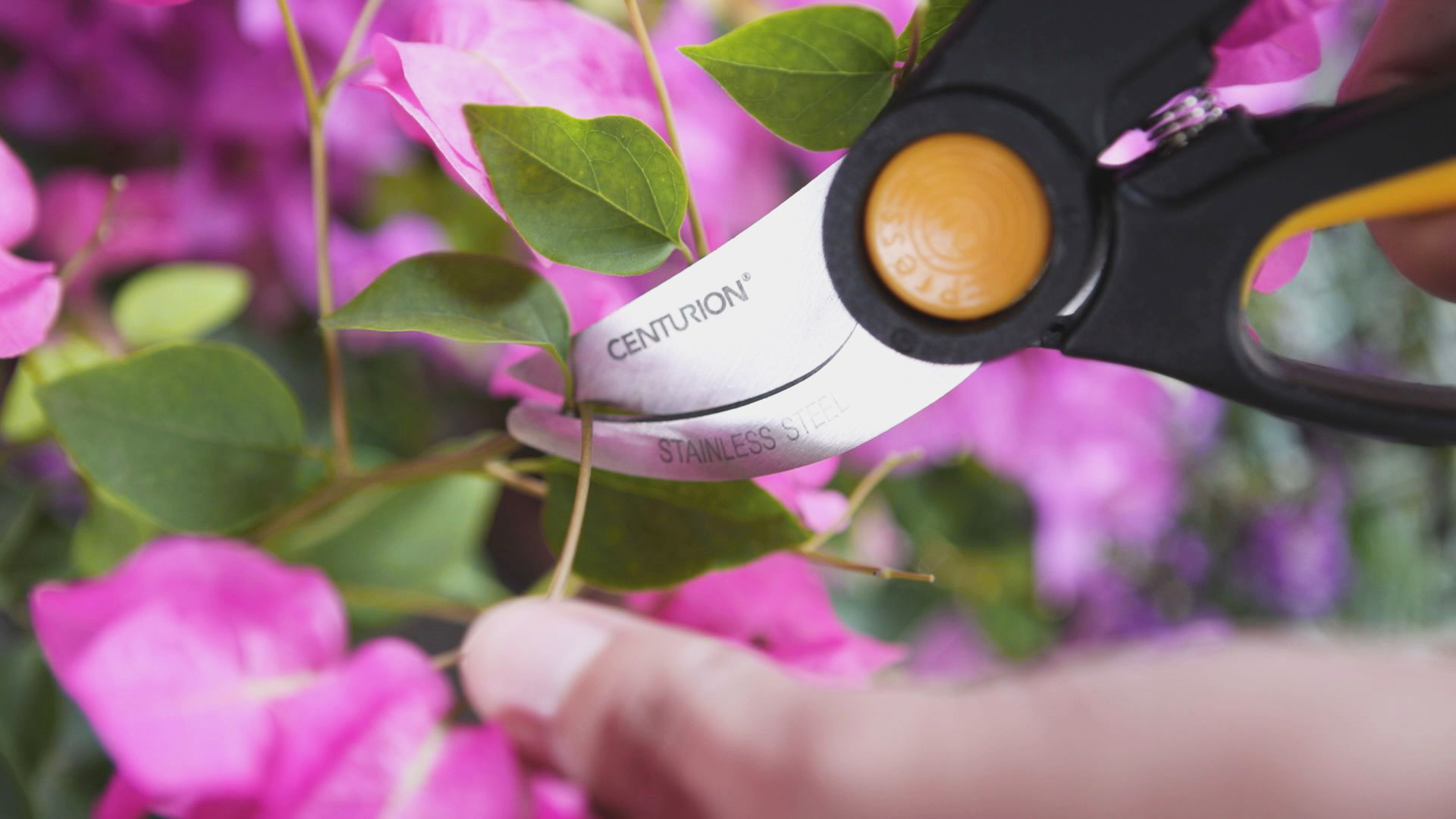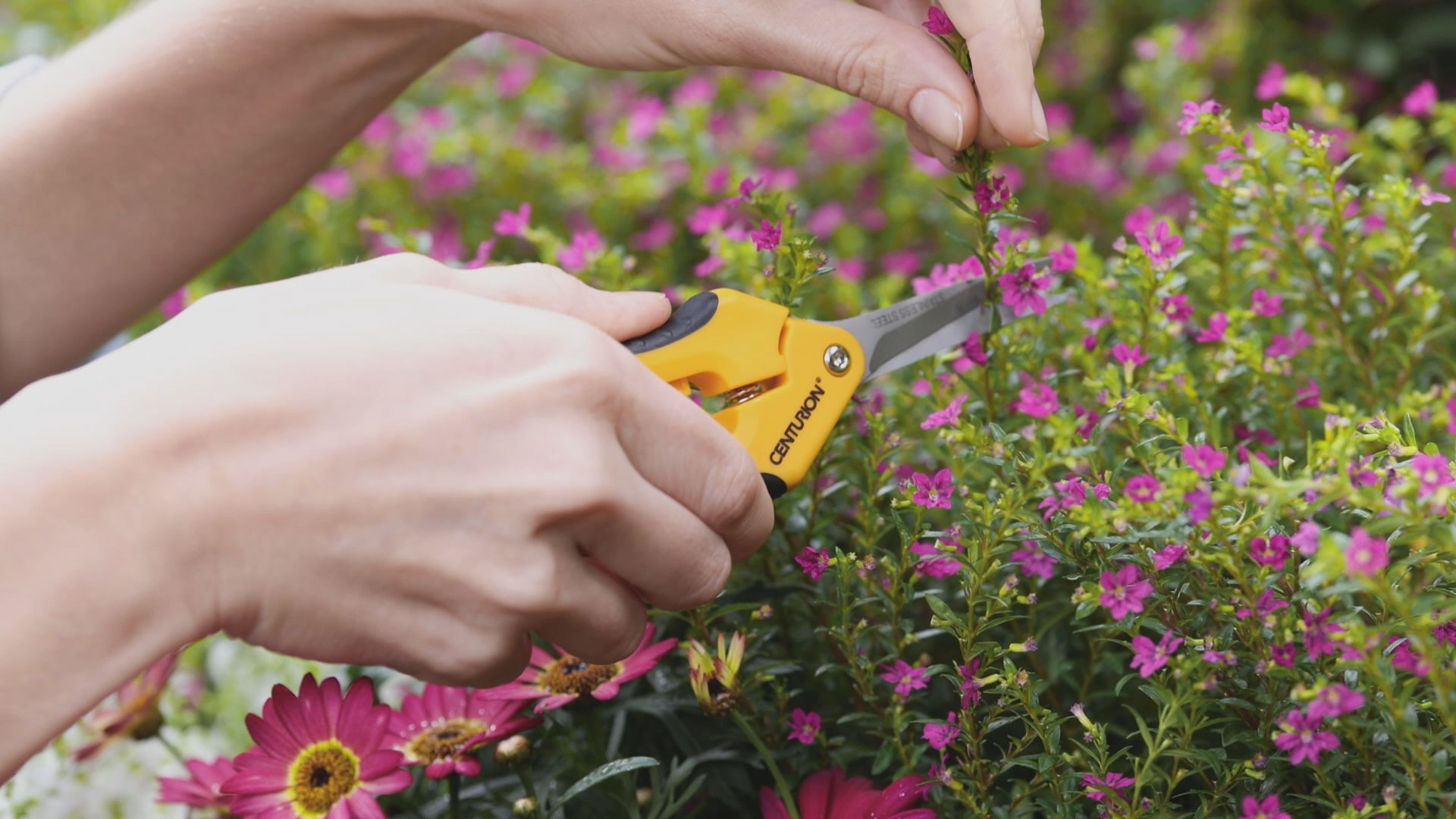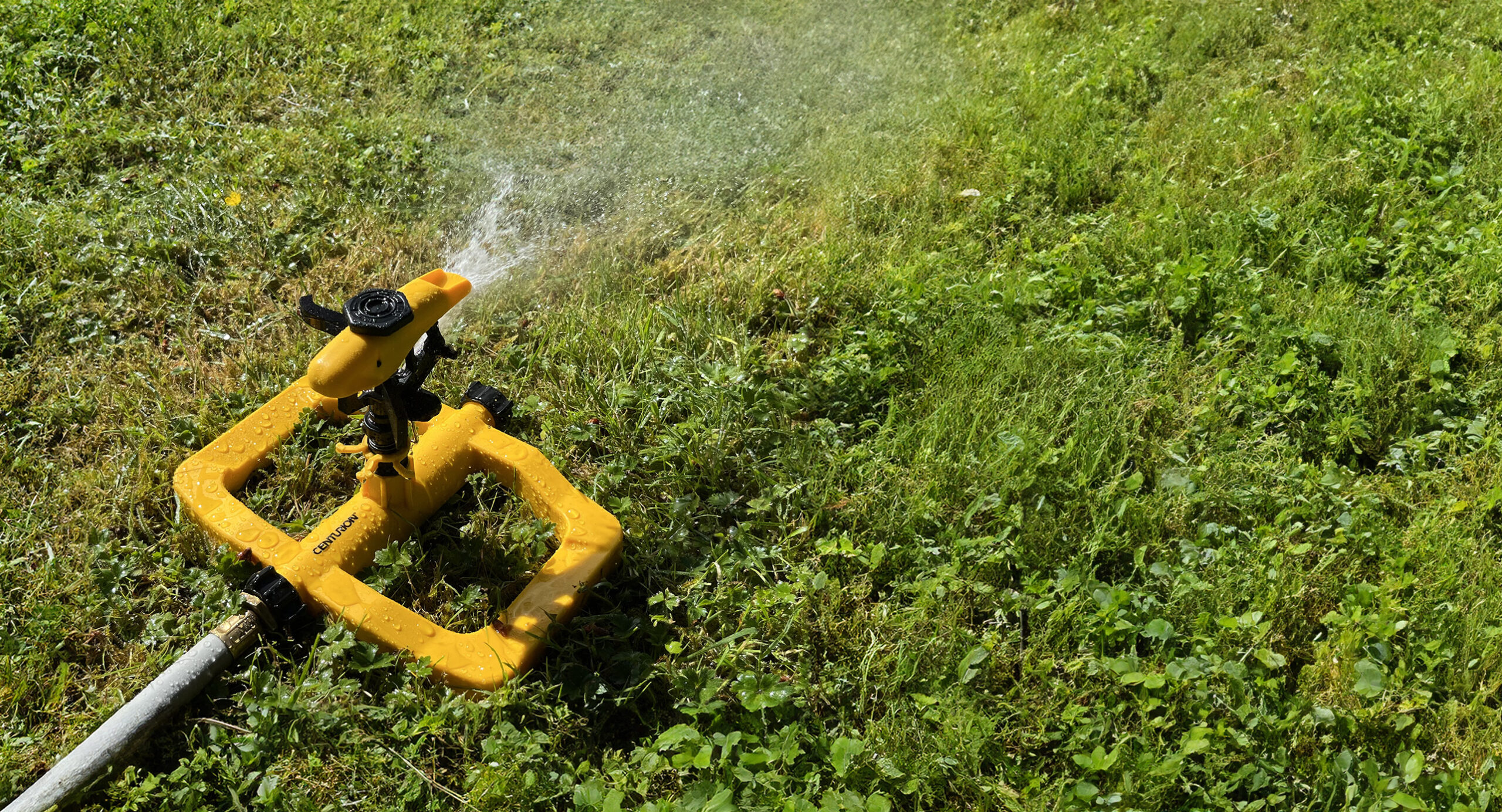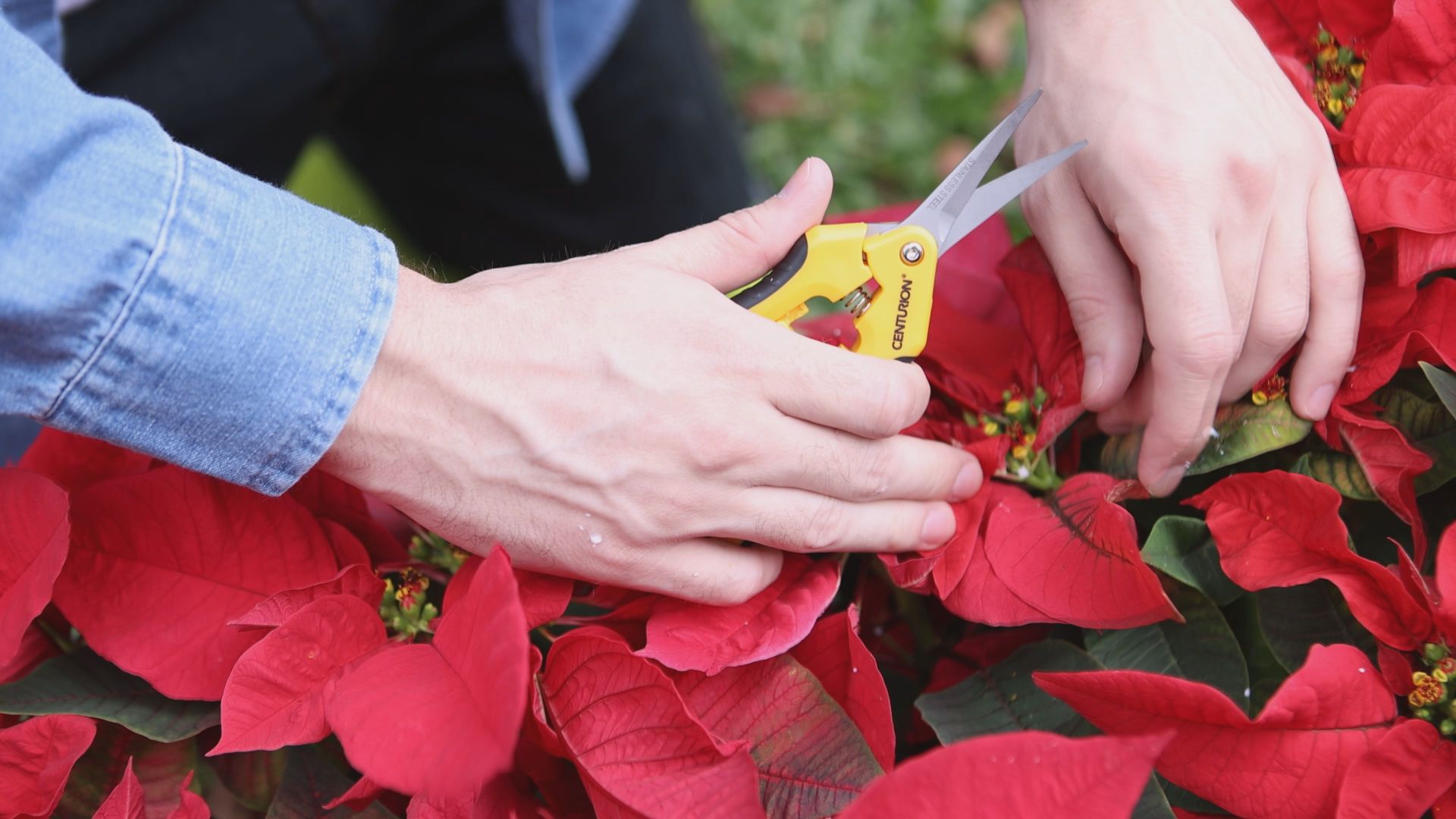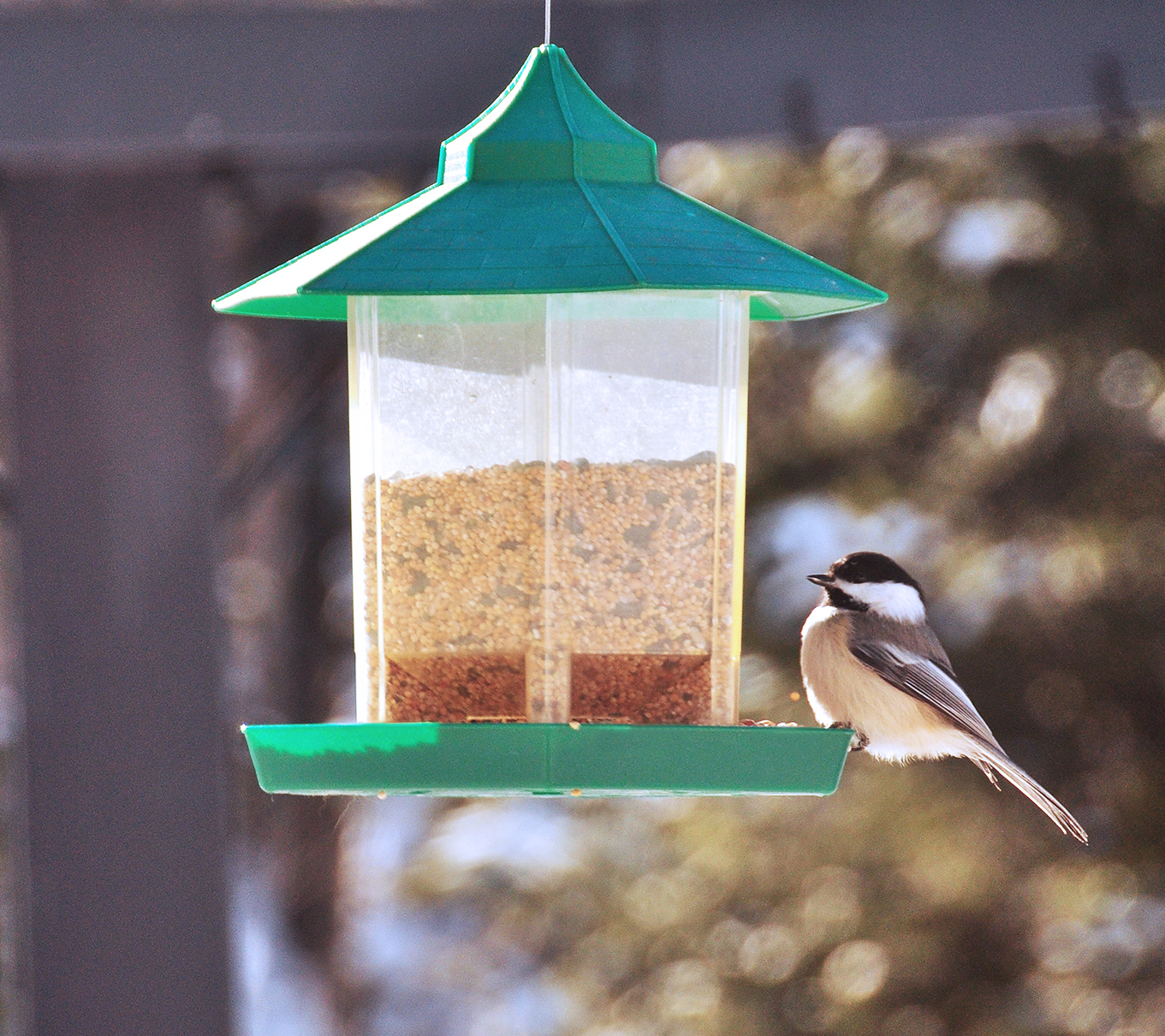As winter rolls in, the flavors of homemade food are something we crave. Did you know you can still grow fresh food, even in winter?
Let the good times — and flavors — roll by growing herbs indoors. Herbs brighten the kitchen while enhancing recipes. Plus, a thriving, indoor edible garden helps you forget about the cold. Add a dash of delight to your daily routine while keeping winter blues at bay.
Starting an indoor herb garden is simple with these tips.
Give savory and sweet herbs these five ingredients, and they’ll flourish inside! Use fresh, flavorful herbs in cocktails, teas and recipes all winter long.
- Picking a Pot. Choose pots or upcycle containers with drainage holes on the bottom. Or place stones in the bottom of the pot before adding soil. If you’re concerned that the drainage holes will ruin your tabletop or windowsill, use a saucer or liner to catch any excess water.
- Helping of Herbs. Not every herb thrives indoors. The following herbs grow best inside:
-
- Basil: Start from seeds and place pots in a south-facing window. Basil likes sun and warmth.
- Oregano: Start with a tip cut from an outdoor oregano plant. Once you’ve then planted that tip in a pot, place it in a south-facing window.
- Parsley: Start from seeds or dig up a clump from your garden at the end of the season. Parsley likes full sun, but will grow slowly in an east- or west-facing window.
- Rosemary: Start with a cutting and keep it in a moist soilless mix until it roots. It grows best in a south-facing window. Expect your kitchen to smell fresh throughout the cooler seasons thanks to the pungent scent of this herb — it’s a natural air freshener!
- Thyme: Start indoors by either rooting a soft tip that was cut from an outdoor plant or digging up and repotting the entire thing. Thyme likes full sun but will grow in an east- or west-facing window.
- Spotting Sunshine. Place indoor herbs in the sunniest spot possible. As a general rule of (green) thumb, place your herbs in a spot that gets at least six hours of sun daily. They love natural light.Keep herbs warm by avoiding chilly windows.
- Settling in Soil. Plant herbs in a potting soil that contains earthworm castings to ensure herbs grow strong roots. Keep herbs well-watered using a collapsible watering can. It saves space when not in use but holds enough to water your herbs and your growing houseplant collection.
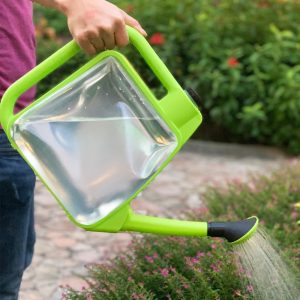
1407_Foldable watering can
- Feeding and Fertilizing. When planting, add organic plant food. Fertilize herbs once each month.
- Harvest. Indoor gardeners benefit from using the right tools. These garden snips are easy to store and small enough for clipping the tiniest of leaves off your herbs. Harvest your herbs regularly. If you see a flower, prune right away.
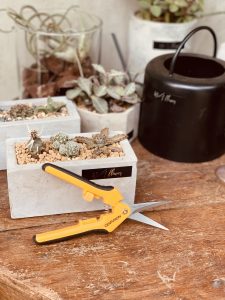
197_Garden Snip
With your just-plucked herbs, cook up dishes that harness herbs’ intensity.

